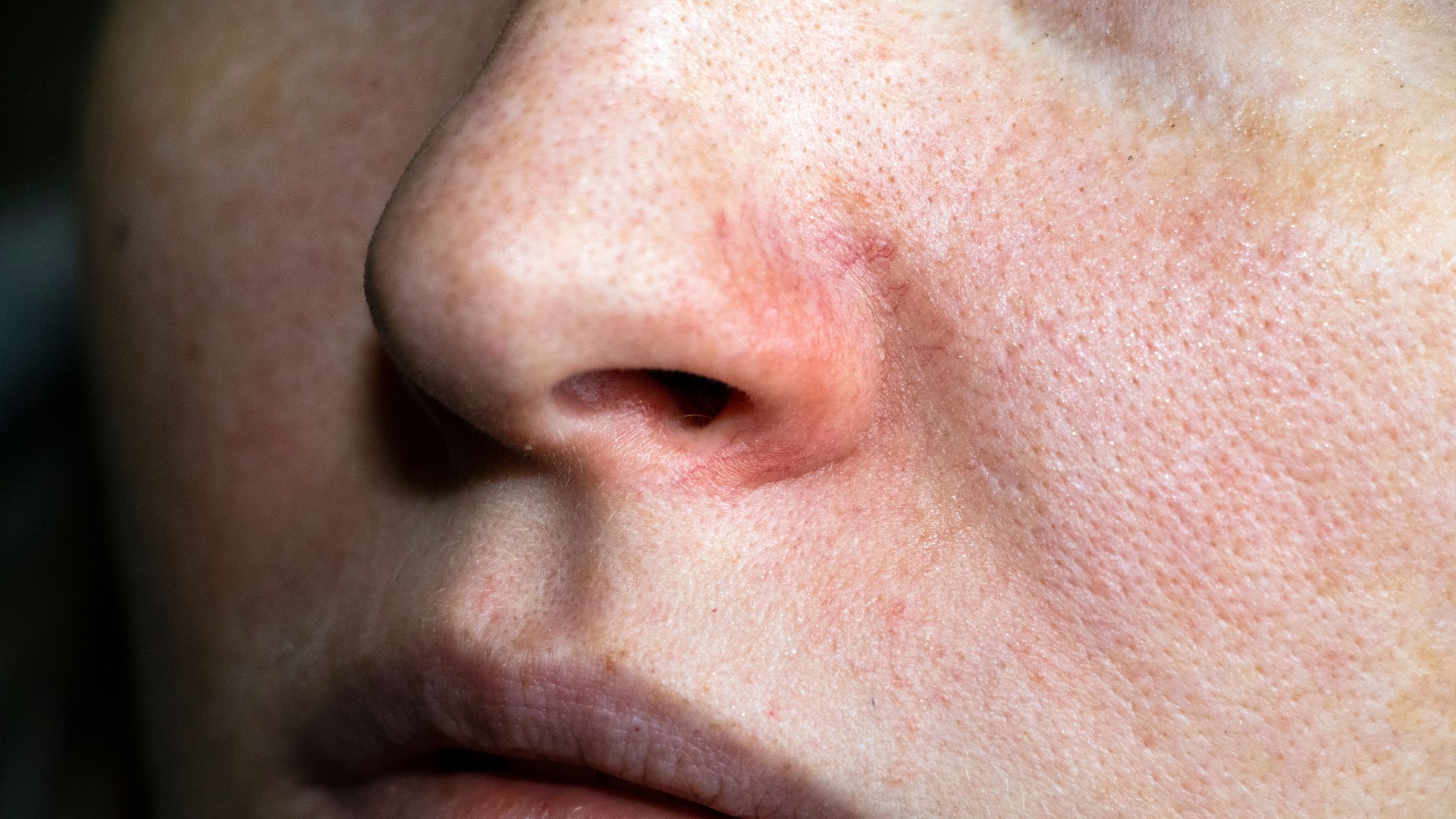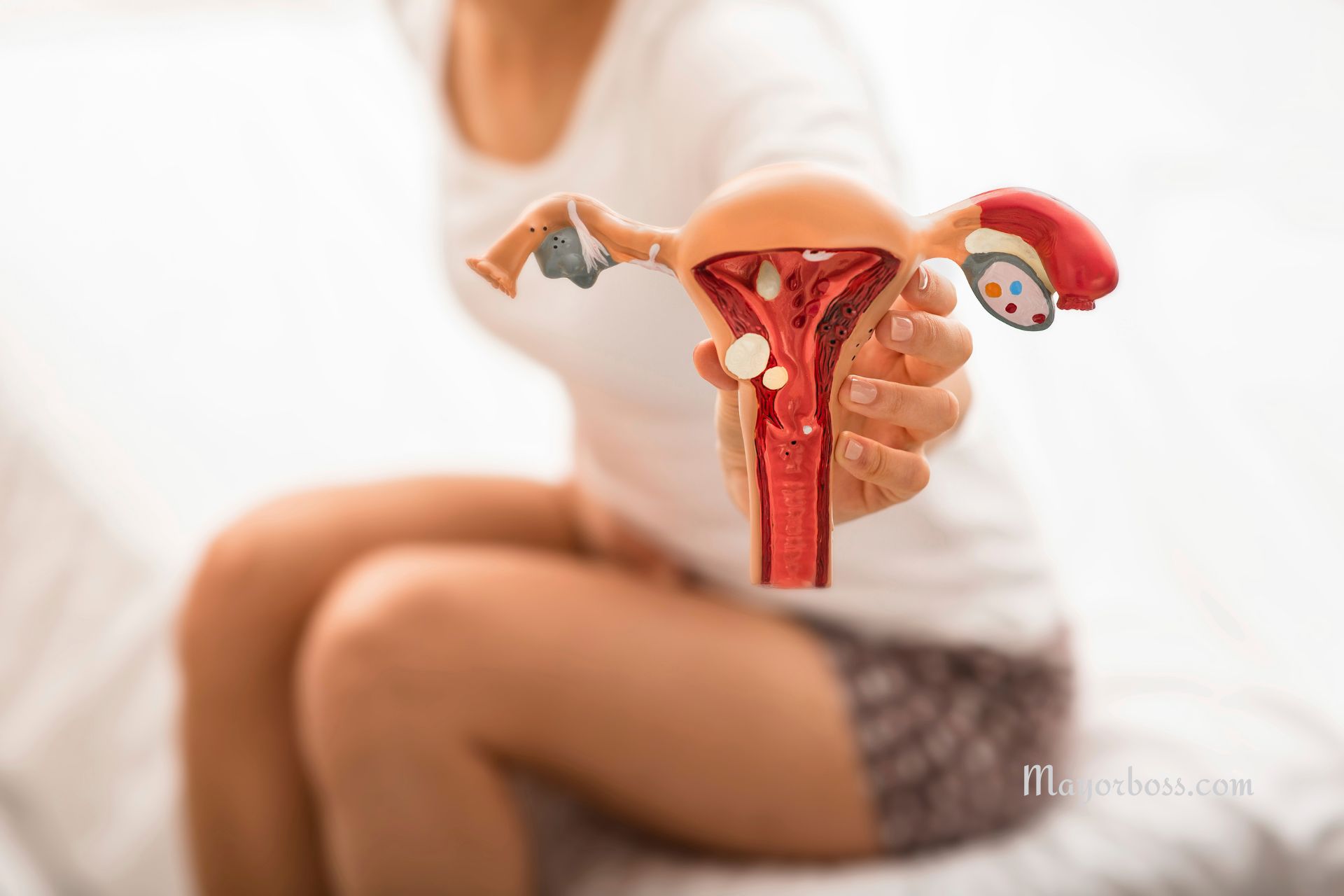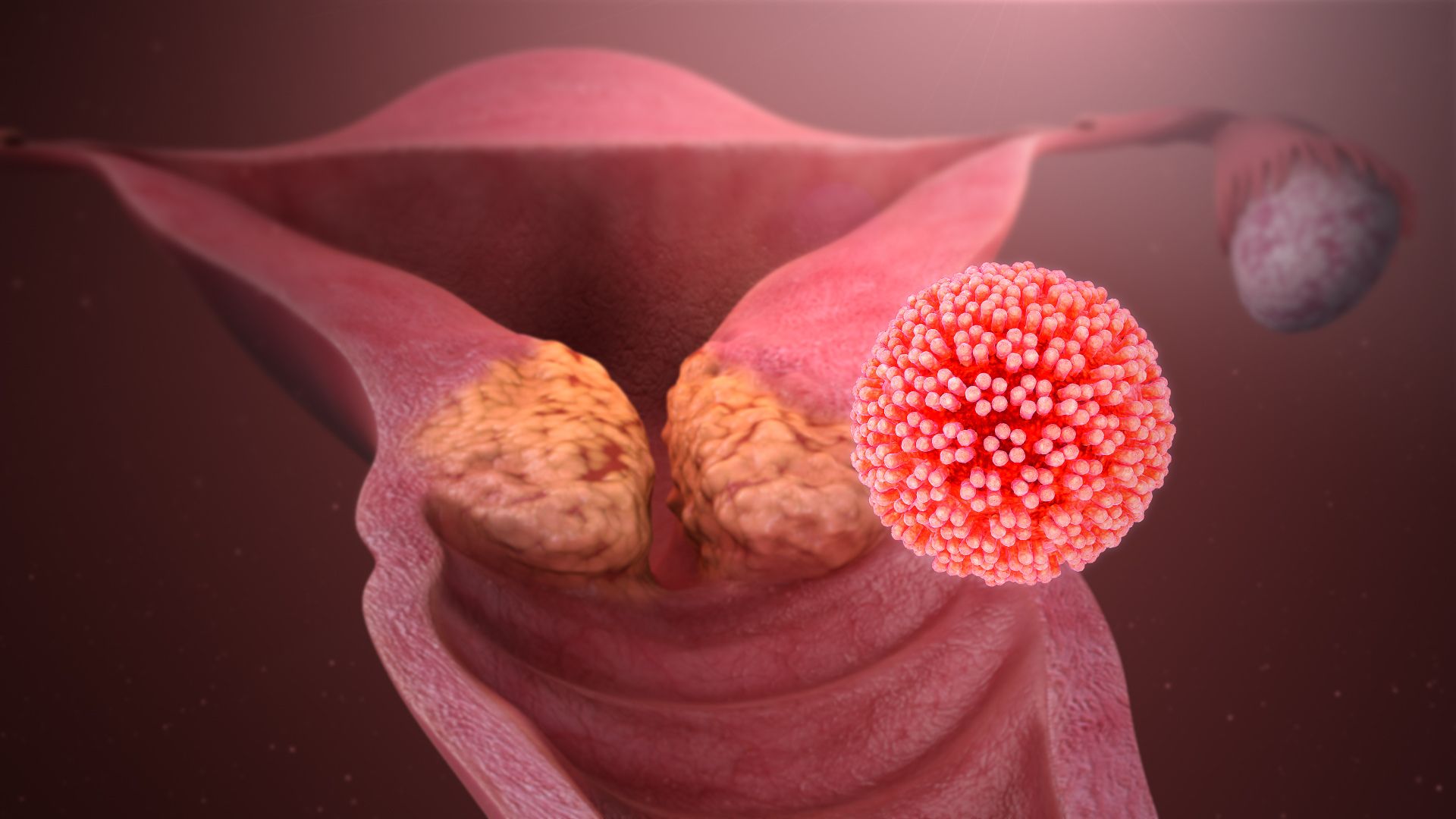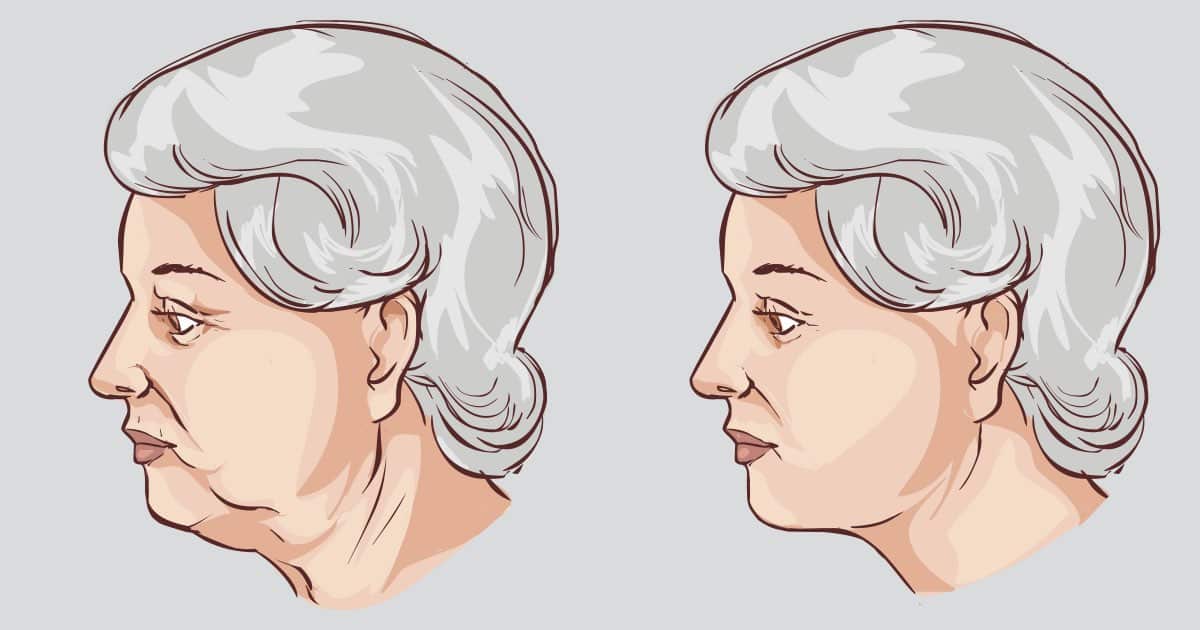What is Bell’s Palsy?
Bell’s palsy makes the muscles on one side of your face weak or even paralyzed. This can happen suddenly and usually lasts for a short time. It might sound scary, but it’s actually pretty common, and most people get better over time. Imagine waking up and feeling like one side of your face can’t move properly or you can’t smile—this is what Bell’s palsy feels like.
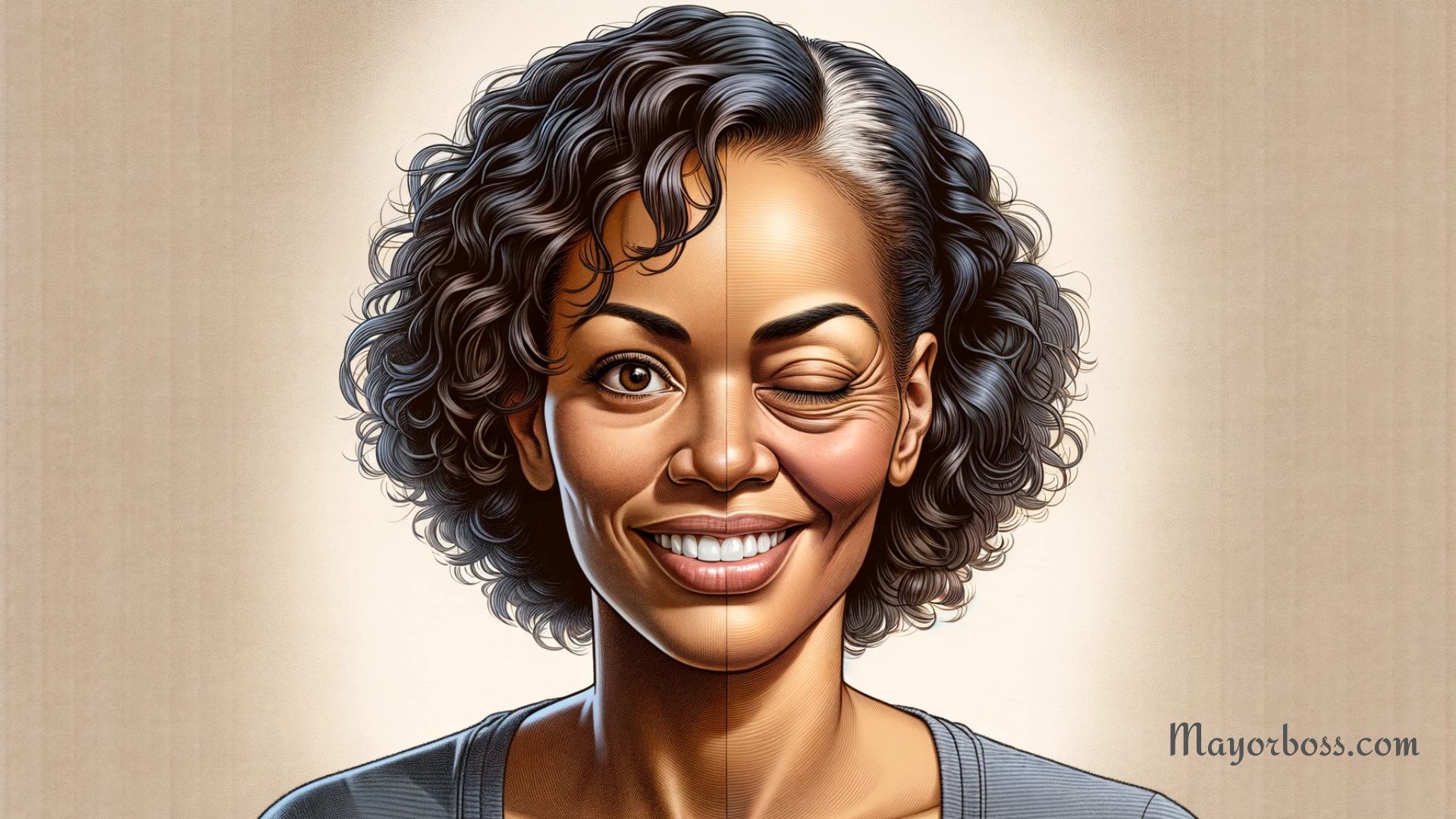
Bell’s Palsy Causes Weakness or Paralysis on One Side of the Face
You might find it hard to close one eye, or maybe your smile looks uneven. Bell’s palsy can happen really quickly, and it can be pretty frightening if you don’t know what’s happening. The good news is that it isn’t a stroke, even though it can look similar at first.
Bell’s Palsy Happens Because of Facial Nerve Problems
Bell’s palsy happens when the facial nerve, which is also called the seventh cranial nerve, gets swollen or inflamed. This nerve controls the muscles in your face, and when it gets swollen, the signals from your brain can’t reach the muscles properly. This causes weakness or paralysis. Experts think that viral infections, like the herpes simplex virus (which causes cold sores), can lead to inflammation. Other possible triggers include autoimmune reactions, physical trauma, or even severe stress.
What Are the Symptoms of Bell’s Palsy?
The symptoms of Bell’s palsy usually come on fast, often within a few hours or overnight. Here are some of the most common symptoms:
- Sudden Weakness or Paralysis on One Side of the Face: This is the most obvious sign. It can range from slight weakness to complete paralysis, which affects your ability to blink, smile, or move parts of your face.
- Drooping Mouth or Eyelid: Since the muscles aren’t working correctly, you might notice that one corner of your mouth droops or that your eyelid won’t fully close.
- Loss of Taste: The facial nerve also helps with taste, so some people may lose their sense of taste on one side of their tongue.
- Excessive Tearing or Drooling: You might have more tears or drooling because it’s harder to control these functions.
- Pain Behind the Ear or in the Jaw: Some people feel pain or discomfort around the jaw or behind the ear on the side that’s affected.
What Causes Bell’s Palsy?
Doctors aren’t completely sure what causes Bell’s palsy, but as mentioned earlier, they think it’s usually linked to viral infections. The herpes simplex virus, which causes cold sores, is often connected to Bell’s palsy. Other viruses, like the ones that cause chickenpox, mononucleosis, or even some respiratory infections, can also be involved.
These viruses can make the facial nerve swell. When the nerve swells, it doesn’t work the way it should, which is why the facial muscles become weak or paralyzed.
How Do Doctors Diagnose Bell’s Palsy?
To diagnose Bell’s palsy, doctors usually start by looking at your face and asking you to do some simple movements, like smiling, closing your eyes, or raising your eyebrows. This helps them see which muscles aren’t working properly. Sometimes, doctors might do extra tests to make sure the problem isn’t something more serious, like a stroke or a tumor.
Tests like electromyography (EMG), which measures the electrical activity of muscles, can be used to see how badly the nerve is affected. Imaging tests like MRI or CT scans may also be done if doctors need to rule out other causes.
How Is Bell’s Palsy Treated?
The better news is that about 80-90% of people get better from Bell’s palsy even without treatment. But getting medical help quickly can help you recover faster and better. Here are some common treatments:
- Corticosteroids: These are strong anti-inflammatory medicines that help reduce the swelling in the facial nerve. They work best if you start taking them within 72 hours of the first symptoms.
- Antiviral Medications: Sometimes, doctors prescribe antiviral drugs along with corticosteroids, especially if they think a virus caused Bell’s palsy. However, not everyone needs these, and doctors still debate how helpful they are.
- Physical Therapy: Doing special facial exercises can help strengthen your muscles and keep them from shrinking while the nerve is healing. A physical therapist can show you what exercises to do.
- Eye Protection: If you can’t fully close one eye, it’s important to protect it from drying out. Eye drops, ointments, or even an eye patch can help keep your eye moist and safe from damage.
What Is the Recovery Like for Bell’s Palsy?
Most people with Bell’s palsy start getting better within two weeks to a month. Full recovery can take anywhere from three to six months, but sometimes it can take longer. How quickly you recover usually depends on how much damage was done to the nerve.
About 80-90% of people fully recover. Some might have a little facial weakness or some twitching, but that’s rare.
Can You Prevent Bell’s Palsy?
There’s no sure way to prevent Bell’s palsy since it’s often linked to viral infections, and those can be hard to avoid. Keeping your immune system strong might help reduce the risk. This means eating healthy foods, getting enough sleep, exercising regularly, and managing stress. Even with all this, Bell’s palsy can still happen unexpectedly.
When Should You See a Doctor?
If you or someone you know suddenly has weakness or can’t move part of their face, it’s really important to see a doctor right away. While Bell’s palsy is a common cause, these symptoms could also be signs of a stroke, which needs immediate attention. A doctor can help find out what’s causing the problem and start the right treatment.
Bell’s palsy can be pretty scary at first because it happens so suddenly. But remember, most people recover completely, and treatment can help you get better even faster. If you or someone you know has Bell’s palsy, stay positive—most people get back to normal after a while.
Frequently Asked Questions About Bell’s Palsy
1. How long does it take to recover from Bell’s palsy?
Most people start to feel better within two weeks to a month after the symptoms start. Full recovery can take three to six months, but it can sometimes take longer. How fast you get better usually depends on how bad the nerve damage is.
2. Can Bell’s palsy affect both sides of the face?
Bell’s palsy usually affects only one side of the face. It’s very rare for both sides to be affected at the same time. If both sides are affected, it’s important to see a doctor right away because it could mean there’s another health problem.
3. Is Bell’s palsy the same as a stroke?
No, Bell’s palsy is not the same as a stroke. Both can cause facial paralysis, but Bell’s palsy is caused by swelling in the facial nerve, while a stroke happens because of a problem with blood flow in the brain. If you have sudden facial weakness, see a doctor immediately to figure out what’s causing it.

